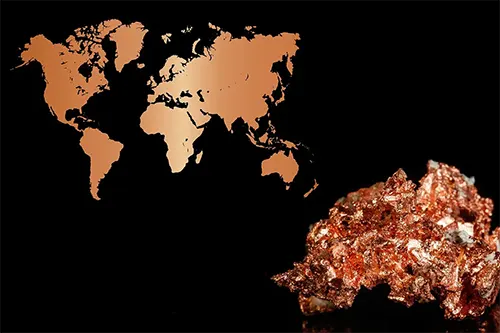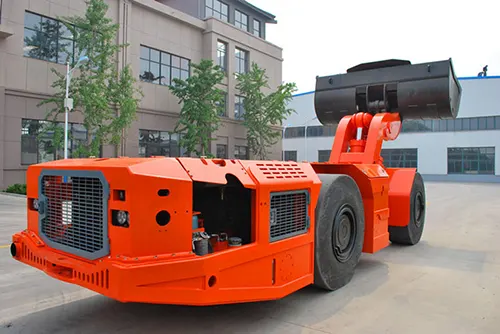Table of Contents
When it comes to essential metals, copper stands out as a heavyweight. This versatile metal is a cornerstone of modern infrastructure, powering everything from our homes to the burgeoning electric vehicle market. But where does all this copper come from? Let’s take a tour of the world’s top five copper reserves and explore how these countries are shaping the future of this red metal.
1. Chile: The King of Copper
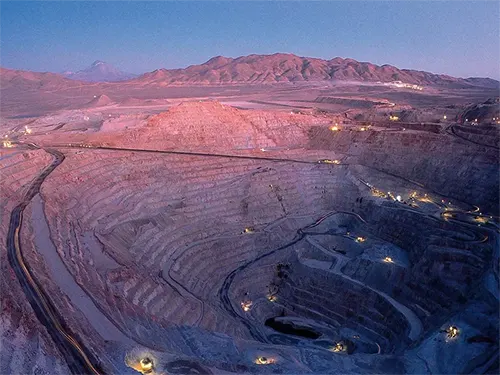
Chile is the undisputed leader in copper reserves, boasting an impressive 190 million tons as of 2023. To put that into perspective, Chile’s copper could keep the world supplied for the next 100 years at the current production rate. This tiny nation with a big impact is also the top global copper producer, churning out around 5 million tons in 2023.
What makes Chile so dominant in the copper world? It’s home to the Escondida mine, the largest copper mine on the planet. This behemoth of a mine plays such a crucial role that any disruption in its supply sends shockwaves through global copper prices. No wonder copper accounts for 20% of Chile’s GDP! But it’s not all smooth sailing; Chile’s reliance on copper also makes it vulnerable to economic fluctuations in its top customer, China.
2. Peru: Copper’s Rising Star

Peru might be known for Machu Picchu, but it’s also a copper powerhouse with reserves totaling 120 million tons. This Andean nation produced a solid 2.6 million tons of copper in 2023, earning its spot as the second-largest producer globally, neck and neck with the Democratic Republic of the Congo.
Peru’s copper reserves are concentrated in a few massive mines, including the Antamina, Toquepala, and Cuajone mines. These aren’t just any mines; they’re run by some of the biggest names in the mining industry, like BHP, Glencore, and Freeport-McMoRan. While copper brings in the big bucks, political instability in Peru has caused some sleepless nights for investors. Mining projects are often subject to delays due to social unrest and regulatory hurdles, which can make the copper market as volatile as a rollercoaster.
3. Australia: Down Under with a Wealth of Copper

Australia might be famous for kangaroos and koalas, but did you know it’s also sitting on 100 million tons of copper reserves? That’s right—Australia ranks third globally in copper reserves, with about 10% of the world’s total. However, with a production of only 810,000 tons in 2023, Australia’s output is a bit underwhelming compared to its enormous reserves.
Australia’s copper wealth is largely found in the Olympic Dam mine in South Australia and the Mount Isa mine in Queensland. These mines are rich not only in copper but also in gold, uranium, and other valuable minerals. Despite its lower production, Australia is a major exporter of copper, supplying it to markets across Asia and beyond. And with its stable political climate and world-class mining technology, Australia is a reliable player in the global copper game.
4. Democratic Republic of the Congo: The African Copper Giant
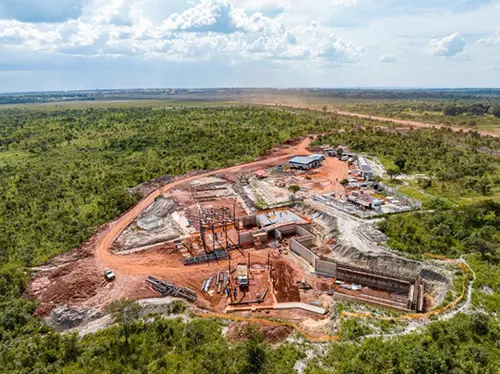
The Democratic Republic of the Congo (DRC) is a rising star in the world of copper, with reserves now matching Russia’s at 80 million tons. What’s more impressive is the DRC’s rapid production growth. In 2023, the country produced 2.5 million tons of copper, putting it on track to potentially overtake Peru as the second-largest producer.
The DRC’s copper success story is closely tied to the Kamoa-Kakula project, a joint venture between Ivanhoe Mines and China’s Zijin Mining Group. This project is one of the most significant copper discoveries in recent years and has catapulted the DRC into the spotlight. However, the country’s political instability and poor infrastructure pose significant challenges. Despite these hurdles, the DRC’s copper industry is booming, driven by high demand and substantial foreign investment.
5. Russia: A Sleeping Copper Giant
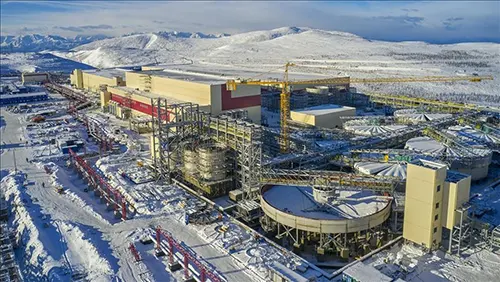
Russia might not be the first country that comes to mind when you think of copper, but it has 80 million tons of copper reserves, putting it in the top five globally. Despite its vast reserves, Russia’s copper production was relatively low in 2023, with just 910,000 tons produced. This paradox is largely due to the country’s focus on other natural resources, like oil and gas.
One of Russia’s most prominent copper projects is the Udokan mine in Siberia, which has faced numerous delays but remains a significant asset. Owned by Udokan Copper (formerly Baikal Mining Company), this mine is set to become a major player in the global copper market. The project made headlines in 2023 when it successfully started producing copper concentrate, signaling that Russia is finally ready to tap into its copper potential.
Copper’s Future: A Global Perspective
As we look to the future, copper’s role in the global economy will only grow. With the increasing demand for renewable energy, electric vehicles, and advanced electronics, copper is more critical than ever. Countries with significant copper reserves will play a crucial role in meeting this demand and shaping the global supply chain.
But it’s not just about digging up more copper. Recycling plays a huge part in the copper story. Did you know that nearly all the copper ever mined is still in circulation? Thanks to its high recyclability, copper is a star player in the circular economy. So, while these top five countries may hold the keys to the copper kingdom, the metal’s journey is far from over.

